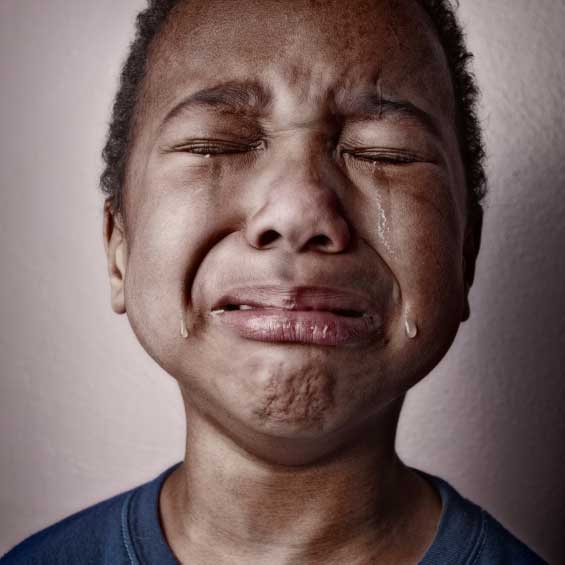Some years ago, I was observing a third-grade class in a boys’ school. The teacher, who was new to the school, was doing an excellent job and the students were all engaged in the project. The class was broken up into four groups and the boys had pulled their desks into circles to work together. As the class was wrapping up, I noticed that one boy was poking the boy next to him in the ribs with a pencil. The victim was trying not to be obvious about what was happening, but the teacher noticed what was going on. The class ended, the boys were dismissed to go to another class, but the teacher put her hand on the offender’s shoulder and whispered for him to stay behind.
I was very impressed with the fact that this young teacher had noticed the issue and that she was going to be able to deal with the student privately. Once the class was gone, the offender burst into tears and flung his head on his arms on his desk. I left, since I felt that this was between the teacher and the boy, and I wanted to give them some space. A bit later, the boy came out, turned and thanked the teacher, and went on to join his class.
“Well, I’ve been teaching 3rd grade for five years and I’ve never had a boy cry in my class – girls, sure, but not a boy.” I told her, “welcome to a boys’ school.” It turned out that as the boy left for school that morning, his mother told him that she and his father were getting divorced. The parents hadn’t lived together for a while, so the mother probably thought that the boy had already figured that out, but it was the certainty of the news that upset him. He knew that what he was doing in class was wrong, but the boy he was poking with the pencil was his best friend, who understood that he was upset.
The teacher was impressed that this 3rd grader was so able to let his feelings show, and they discussed better ways for him to manage his distress. As I pointed out to the teacher, in a boys’ school (and actually in a girls’ school as well), the students feel safe and able to share their true emotions. They feel comfortable inside their own skin.
I was talking with a colleague the other day about some of the differences that we notice when teaching girls and boys together. At some point, one of us observed that at least some of our students would cry as a way to manipulate others. The point: is how can you reprimand a student for inappropriate behavior if the student is crying and seems remorseful? Both of us agreed that some of these students seemed able to turn the tears on and off at will. I pointed out that part of the problem was that many girls do not respond to moments of stress with fight-or-flight, but with tend-and-befriend which would mean that the response is not one of acting out, but of introversion.
My colleague agreed with me, but said that when a student frequently cried, it appeared that the student was attempting to deflect being reprimanded and making a public show of an attempt to get out of being disciplined. My colleague pointed out that while some boys made a big deal about being called to answer for inappropriate behavior, most other boys who cried would hide their face or leave the room.
A recent piece from the Harvard Health Blog points out that men cry much less than women (something we likely already knew), but that crying is a very healthy way of dealing with sadness and frustration. Because of the isolation, stress, and loss of loved ones during the pandemic, this is becoming a major issue, particularly for men who may have been taught that crying is not manly or masculine.
How do you help your son know that it’s OK to cry? Part of the problem in dealing with this in children is that many of them cry from frustration when they are angry or have been punished. They need to make the transition from that sort of crying, to crying due to sadness or grief. One way to help your child understand the difference is to talk about why people cry. If you see a small child crying out of frustration or anger, point out that is one kind of crying and as we grow up, we gain better ways to deal with those feelings. Give your child some examples of the language he can use to manage disappointment or anger. Teach him words such as: exasperated, infuriated, aggravated, furious, maddened, annoyed, so that he will be able to express himself.
Then point out that when adults cry it is usually because they’re sad since someone they love is gone, or because they find their life very difficult to manage. The words they need to learn here are: stress, depression, guilt, grief, alone. Help your child figure out that the two situations differ, since in the first instance the emotions are pushed out on others and in the second, the emotions are drawn inward toward ourselves. What crying does is help us manage our emotions, and there is no reason to be ashamed for having emotions. If we don’t acknowledge those emotions, we will be unable to share our lives with others. It is in sharing with others that we get joy from our lives.
Help your boy learn about the sorts of crying and provide for him a safe place where he can cry. Then be there to help him process his emotions – a big hug really helps then.
